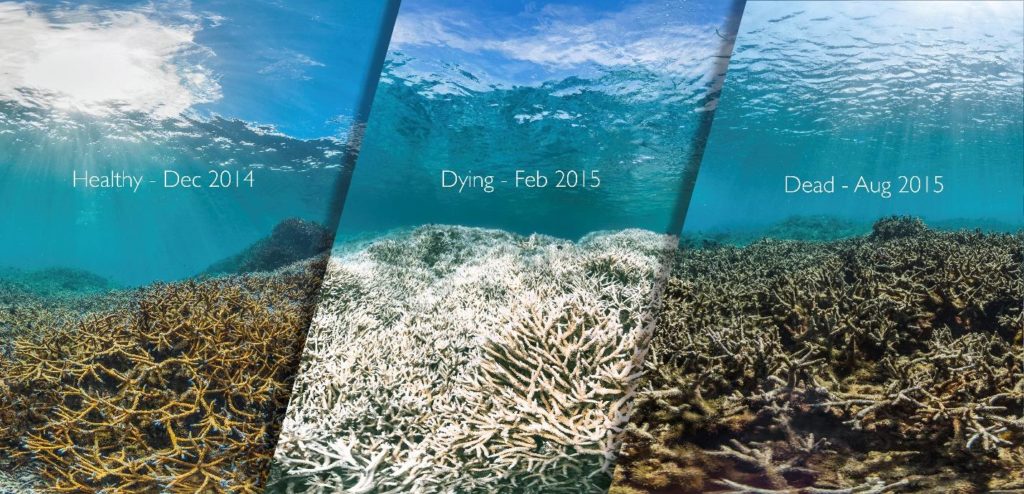Introduction
Ocean acidification refers to the process by which the ocean becomes more acidic due to increased levels of carbon dioxide (CO2) in the atmosphere. As CO2 is absorbed by seawater, it reacts with water to form carbonic acid, which lowers the pH of the ocean. This phenomenon poses significant threats to marine life, particularly organisms with calcium carbonate shells and skeletons, such as corals and shellfish.
Mechanism of Ocean Acidification
CO2 Absorption
The ocean absorbs about a quarter of the CO2 emitted into the atmosphere. This CO2 reacts with water to form carbonic acid, which dissociates into bicarbonate and hydrogen ions, leading to increased acidity and reduced availability of carbonate ions necessary for the formation of calcium carbonate.

Impacts on Marine Life
Coral Reefs
Ocean acidification negatively affects coral reefs by reducing the availability of carbonate ions, which are essential for coral calcification. This can lead to weaker coral skeletons and hinder the growth and repair of coral reefs, which are vital marine habitats.

Shellfish
Shellfish, such as oysters and mussels, rely on calcium carbonate to build their shells. Acidic waters reduce the availability of carbonate ions, making it more difficult for these organisms to grow and maintain their shells, impacting their survival and reproduction.
Mitigation and Adaptation Strategies
Reducing CO2 Emissions
Mitigating ocean acidification involves reducing CO2 emissions through global climate action, such as transitioning to renewable energy sources and enhancing energy efficiency. Lowering CO2 levels in the atmosphere will slow the rate of acidification.

Restoring Marine Ecosystems
Restoring marine ecosystems, such as coral reefs and mangroves, can help increase resilience to ocean acidification. Healthy ecosystems can better support marine species and provide essential services even under changing conditions.